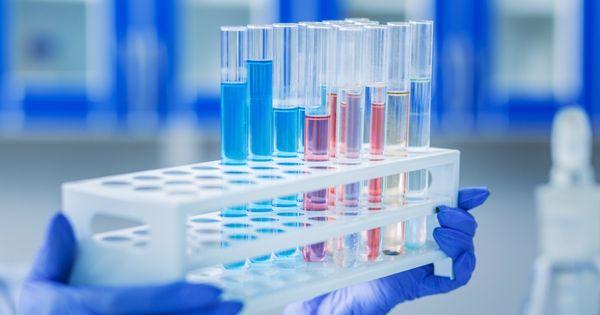
Metabolism describes how the body reacts to, breaks down, and uses various substances. In the context of pharmaceuticals, the body’s metabolism is what changes the chemical structure of a drug. This either renders the drug inactive so the body can excrete it or activates the drug to provide the desired effect on the body.
Understanding metabolism and why metabolization rates differ between chemicals is an essential part of manufacturing safe and effective pharmaceuticals. Learn more about drug metabolism and how it plays out within the body with this brief overview.
Understanding Drug Metabolism
Drug metabolism occurs when various systems of the body chemically alter a drug substance to create a different compound. Reactions that can cause drug metabolism include:
- Oxidation
- Reduction
- Hydration
- Hydrolysis
- Conjugation
- Condensation
- Isomerization
Most drug metabolic processes involve enzymes that exist in the liver. As such, liver disorders can influence individual drug metabolic rates. Other patient factors that influence metabolism rates include various genetic traits, advanced heart failure, and interactions with other medicine the patient is currently taking.
Phase I Metabolism
In many cases, drug metabolism occurs in two phases. Phase I metabolism involves non-synthetic reactions that cleave, modify, or form a function group. This metabolic phase often involves the enzyme group cytochrome P450 (CYP450). CYP450 enables the oxidation of many different types of drugs, making it a common catalyst for a metabolic reaction.
The CYP450 enzyme group also interacts with other drugs and chemical substances within the body. Other drugs might induce or inhibit reactions associated with CYP450 enzymes. This shows that drugs interact with each other in the body and influence each other’s metabolic processes.
Phase II Metabolism
Phase II metabolism refers to synthetic reactions such as conjugation with internal substances like sulfate or glycine. One of the most common phase II reactions involves glucuronidation. This reaction takes place in the liver—specifically in the microsomal enzyme system. Glucuronidation increases solubility, making it an effective process for inactivating and excreting drugs from the body.
Understanding why metabolization rates differ between chemicals is a key step in developing effective drugs, safe dosages, and other critical pharmaceutical research. Another essential tool in studying drug metabolism is radiolabeling, which allows scientists to trace drug distribution throughout the body.
Ensure your pharmaceutical studies are a success when you work with a trusted radiolabeled compounds supplier like Moravek. Contact our team today to see how we can serve you as a dependable contract development and manufacturing organization.
